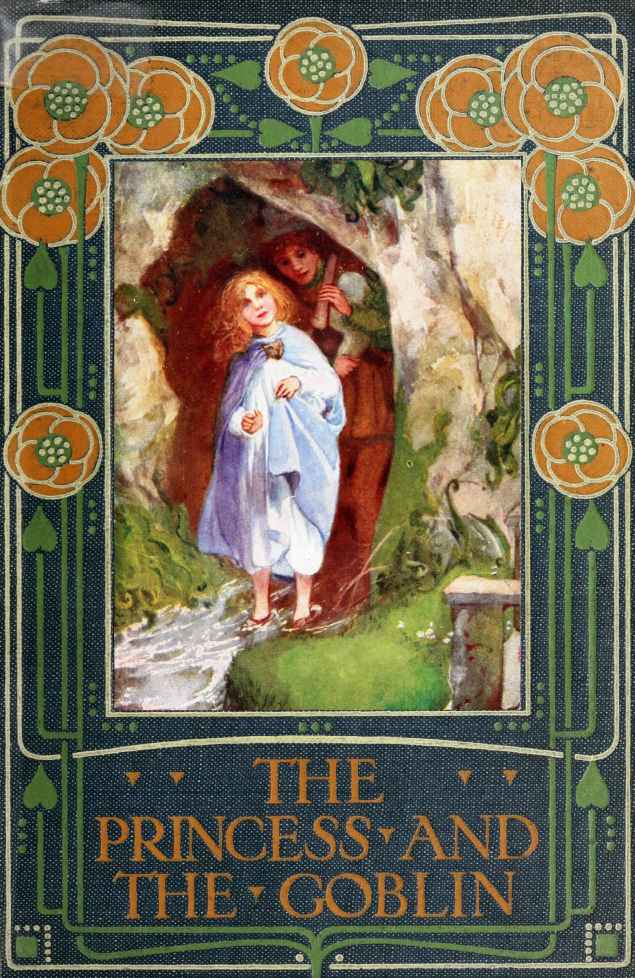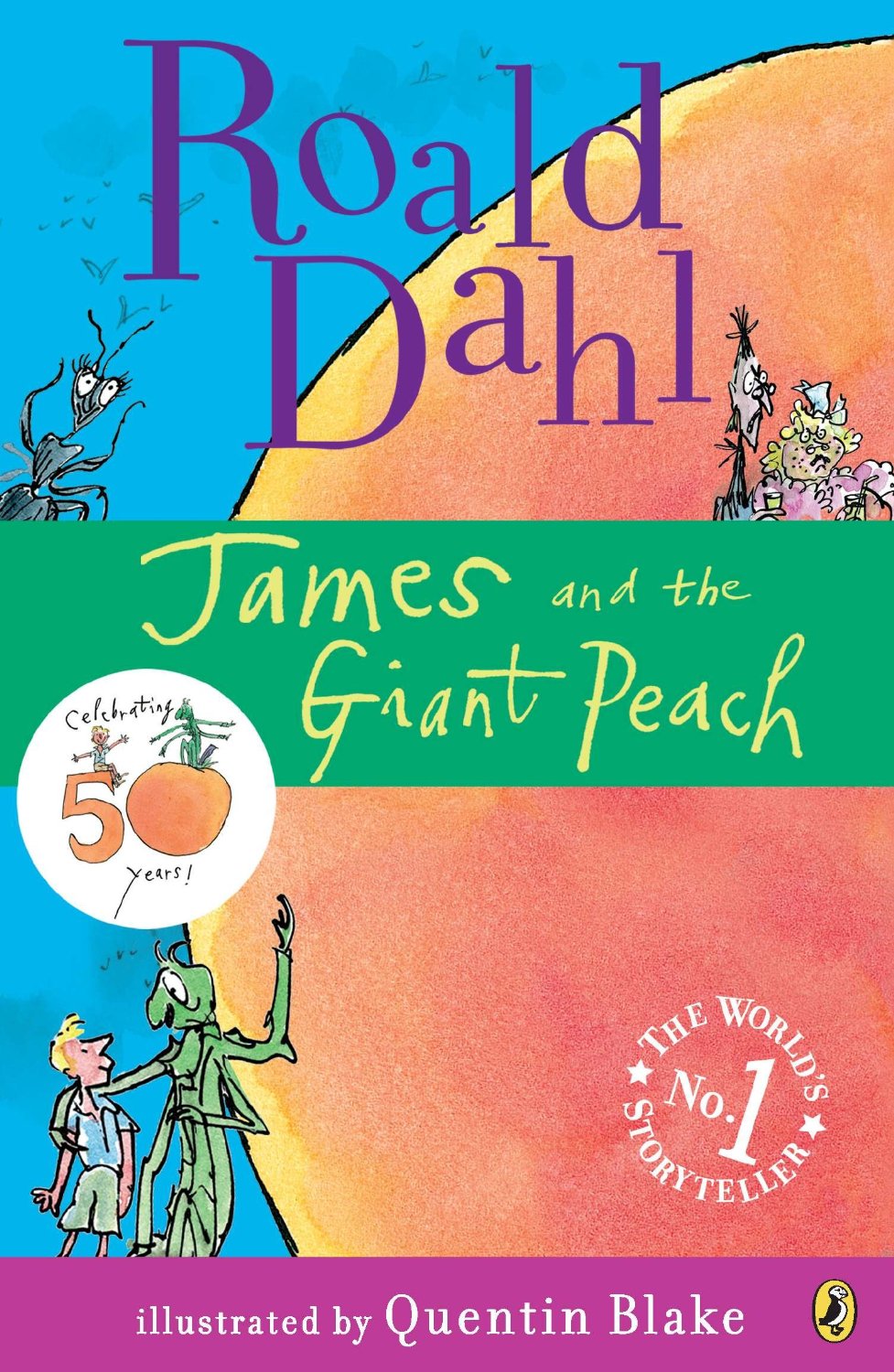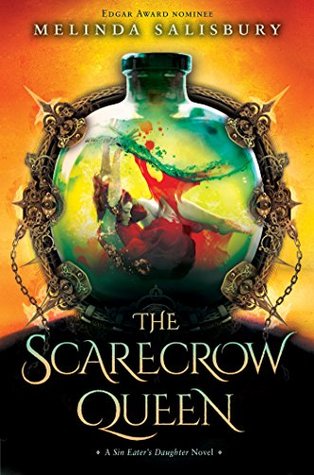[button color=”black” size=”big” link=”http://affiliates.abebooks.com/c/99844/77798/2029?u=http%3A%2F%2Fwww.abebooks.com%2Fservlet%2FSearchResults%3Fisbn%3D9780060095529″ target=”blank” ]Purchase here[/button] George MacDonald (1824-1905) was a Scottish Congregationalist minister whose tolerant views caused him so much trouble that he switched to a career in writing. Even so, it wasn’t until late in his career that he began writing stories for children, which are mainly what he is remembered for today. To MacDonalds eleven fairy-tale-loving children, we owe not only the pleasure of reading their fathers books, but perhaps even Lewis Carrolls Alice stories, which were read to the MacDonald children before they were published, with encouraging results.
But enough about the author. You’ve come here to find out about the book, I hope. Its well worth finding out about, and it grieves me that I did not find it much sooner. The Princess and the Goblin is an adorable story full of classic fairy-tale gestures as well as original enchantments. The Princess Irene, on the one hand, is a paragon of princessly virtue; but she is also a spirited heroine who has strange adventures that lead her into dark and dangerous places in order to help herself and others. On the other hand, there is the miners son Curdie Peterson, who is a fine enough lad to be sure, but one who isnt always perfectly nice to the princess. Together, and aided by a mysterious grandmother whom not everyone can see, and a magic ring attached to an invisible thread, and other wonderful things, the two children thwart a plot by the goblins that live under the mountain.
The story is enchanting enough by itself; but equally enchanting is the sense of a tale being told out loud. At one point, MacDonald pauses in his narrative to have a facetious discussion with his illustrator about how to draw a picture of the princess. Later, he refers to the kings minstrel chanting a ballad which he made as he went on playing his instrument, and for a moment it seems as if the author had made himself a part of the story. And in between flights of fantasysome of them breathtakingly mysterious, others almost teasing in their sillinessMacDonald slips in passages in which characters converse like real people, and weaves through everything a gentle lesson about the difficulty of believing and the unbearable feeling of being disbelieved.
Let me share this little scene with you:
Please, king-papa, she said, will you tell me where I got this pretty ring? I cant remember.The king looked at it. A strange beautiful smile spread like sunshine over his face, and an answering smile, but at the same time a questioning one, spread like moonlight over Irenes.
It was your queen-mammas once, he said.
And why isn’t it hers now? asked Irene.
She does not want it now, said the king, looking grave.
Why doesn’t she want it now?
Because shes gone where all those rings are made.
And when shall I see her? asked the princess.
Not for some time yet, answered the king, and the tears came into his eyes.
This book has a sequel called The Princess and Curdie, and still other delights from the pen of George MacDonald are in store for anyone who seeks them.




